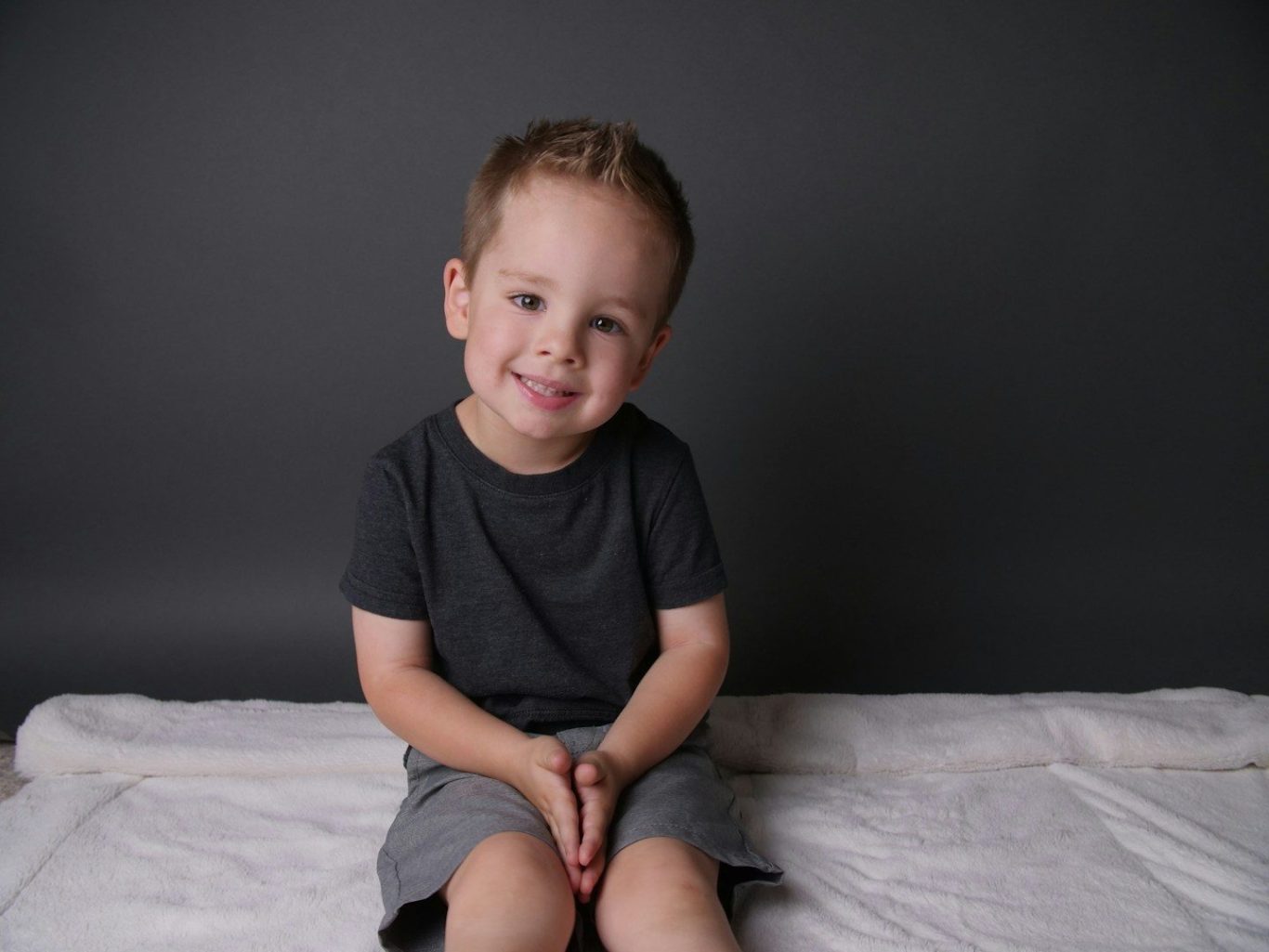Articulation Milestones
Articulation development follows a predictable pattern, with most children mastering certain speech sounds by specific ages. It is important to remember that not every child is the same. Children reach milestones at different ages. The following is just a guideline.
The ability to hear is essential for proper speech and language development. Hearing problems may be suspected in children who are not responding to sounds or who are not developing their articulation or language skills as expected. An evaluation by an audiologist or a pediatric otolaryngologists (ENT) may be recommended.
Age of Speech Sound Acquisition
- By 3 years: Most children can produce sounds like m, n, h, w, p, b, t, d, k, g, and f.
- By 4 years: Most children can produce y and v. They may still make some errors on sounds like s, sh, ch, j, ng, th, z, l, and r. These sounds may not be fully mastered until age 7 or 8.
Intelligibility Guidelines
- 1 year: 25% intelligible
- 2 years: 50% intelligible
- 3 years: 75% intelligible
- 4 years: 100% intelligible (most people understand the child)

What are phonological processes?
Phonological processes are the ways that young children change or simplify the sounds in words as they learn to talk. These processes are a normal part of language development and help children produce speech sounds that are easier for them to say. For example, a child may simplify the word “stop” to “top” by dropping the “s” sound, or replace the “th” sound in “think” with the “f” sound, producing “fink.” These changes are temporary and typically disappear as children get older and their speech becomes clearer.
Understanding phonological processes can help parents better understand their child’s speech development and know what to expect as their child grows and becomes a more confident and clear communicator.

Phonological Processes
Initial Consonant Deletion is the deletion of the initial consonant sound in a word (e.g. “up” for “cup”, “un” for “sun”). This is an unusual pattern that typically indicates the presence of a phonological delay. If your child is using this phonological process, we recommend reaching out to a speech language pathologist for a consultation.
Final Consonant Deletion is the deletion of a final consonant sound in a word (e.g. “cuh” for “cup”, “dah” for “dog”). We can expect this sounds pattern to resolve by the age of 3.
Weak Syllable Deletion is the deletion of a weak syllable in a word (e.g. “nana” for “banana”, “puter” for “computer”). This process resolves by the age of 4.
Cluster Reduction occurs when a child simplifies a cluster of consonant sounds into a single sound or a more manageable combination of sounds.(e.g. “poon” for “spoon”, “tuck” for “truck”). This phonological process should resolve by the time a child is 4 for words without /S/ and by age 5 for words with /S/.
Substitution
When one sound is substituted for another.
- Backing is the substitution of a sound produced in front of the mouth with a sound produced in the back of the mouth (e.g. “gog” for “dog”). Typically, children who are backing their sounds will require speech therapy. This is an unusual phonological process that often necessitates the help of a speech-language pathologist.
- Affrication is the substitution of an affricate (ch, j) sound for an nonaffricate sound (e.g. “choe” for “shoe”). This phonological process typically resolves by the age of 3.
- Fronting is the substitution of a sound produced in the back of the mouth with a sound produced in the front of the mouth (e.g. “tee” for “key”). This pattern resolves by 3.5 years of age.
- Deaffrication is the substitution of a nonaffricate sound for an affricate (ch, j) sound (e.g. “ship” for “chip”). Expect this process to be gone by the age of 4.
- Stopping is the substitution of a stop (b, p, t, d, k, g) sound for a fricative (f, v, s, z, h, th, sh, zh) or affricate (ch, j) sound (e.g. “toap” for “soap”, “tair” for “chair”). Your child should no longer stop their sounds after the age of 3 for words with “f” and “s”, age 3.5 for words with “v” and “z”, age 4.5 for words with “ch”, “sh” and “j” and age 5 for words with “th”.
- Depalatalization is the substitution of a nonpalatal sound for a palatal sound (e.g. “fit” for “fish”). This pattern should be gone by the age of 5.
- Alveolarization is the substitution of an alveolar sound for a nonalveolar sound (e.g. “tum” for “thumb”). Alveolarization resolves by age 5.
- Gliding is the substitution of a glide (w, y) sound for a liquid (l, r) sound (e.g. “yike” for “like”, “wug“ for “rug”). Gliding resolves by the age of 6.
- Vowelization is the substitution of a vowel sound for a liquid (l, r) sound (e.g. “bay-uh” for “bear”). Vowelization typically resolves by the age of 6.
- Labialization is the substitution of a labial sound for a nonlabial sound (e.g. “mouf” for “mouth). Should resolve by age 6.
Assimilation
When children change the sounds in words so that they are more similar to each other
- Denasalization is when a nasal sound like “m” or “n” changes to a nonnasal sound like “b” or “d” (e.g. “dore” for “more”). This process is expected to resolve by the age of 2.5.
- Assimilation occurs when a consonant sound starts to sound like another sound in the word (e.g. “bub” for “bus”). Children no longer use this process after the age of 3.
Final Consonant
- Devoicing is when a voiced consonant (e.g. b, d) at the end of a word is substituted with a voiceless consonant (e.g. p, t) (e.g. “tup” for “tub”). Expected to resolve by age 3.
- Reduplication is when a complete or incomplete syllable is repeated (e.g. “baba” for “bottle”). No longer present by the age of 3.
- Prevocalic Voicing is when a voiceless consonant (e.g. k, f) in the beginning of a word is substituted with a voiced consonant (e.g. g, v) (e.g. “gup” for “cup”). This pattern can be present until age 6.
- Coalescence is when two phonemes are substituted with a different phoneme that still has similar features (e.g. “foon” for “spoon”). Coalescence should resolve by the time a child is 6 years old.
